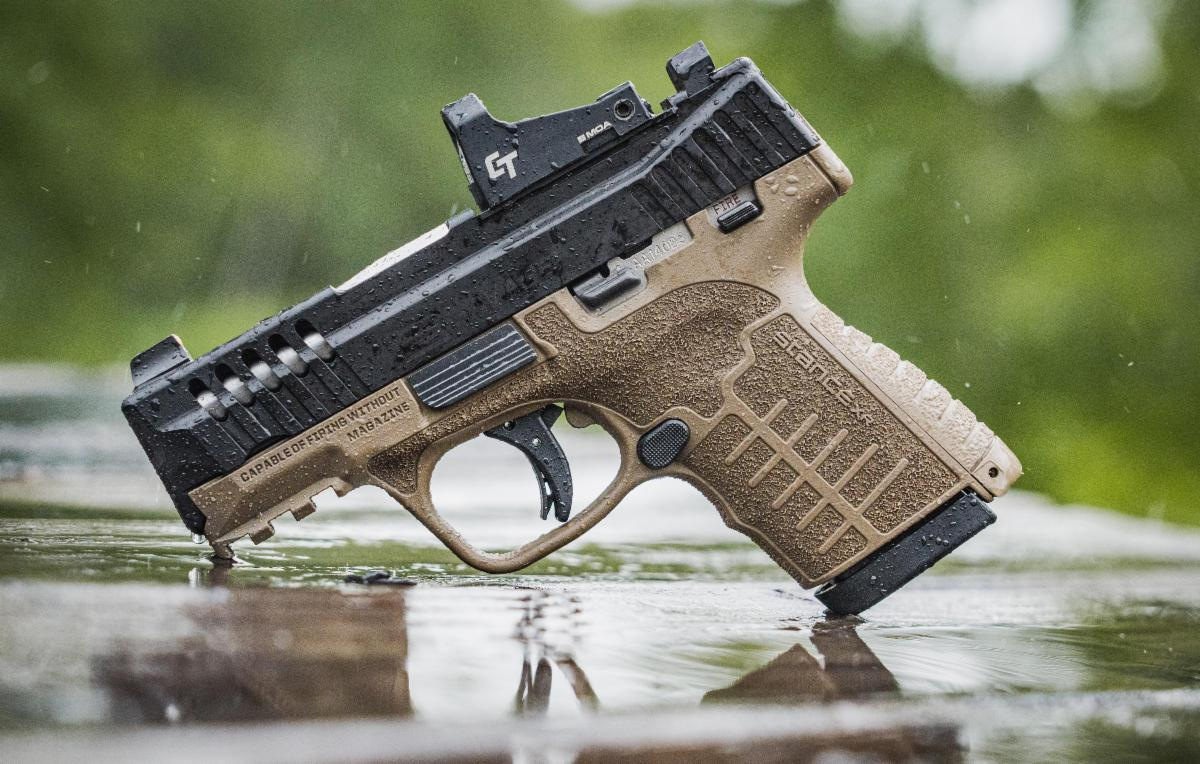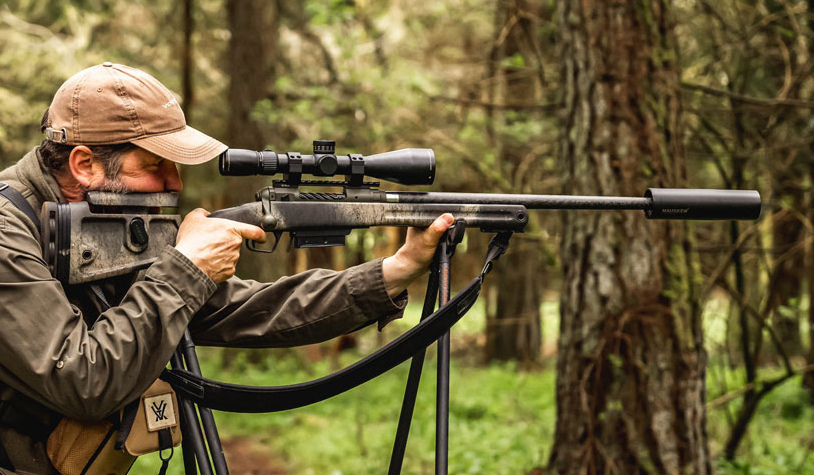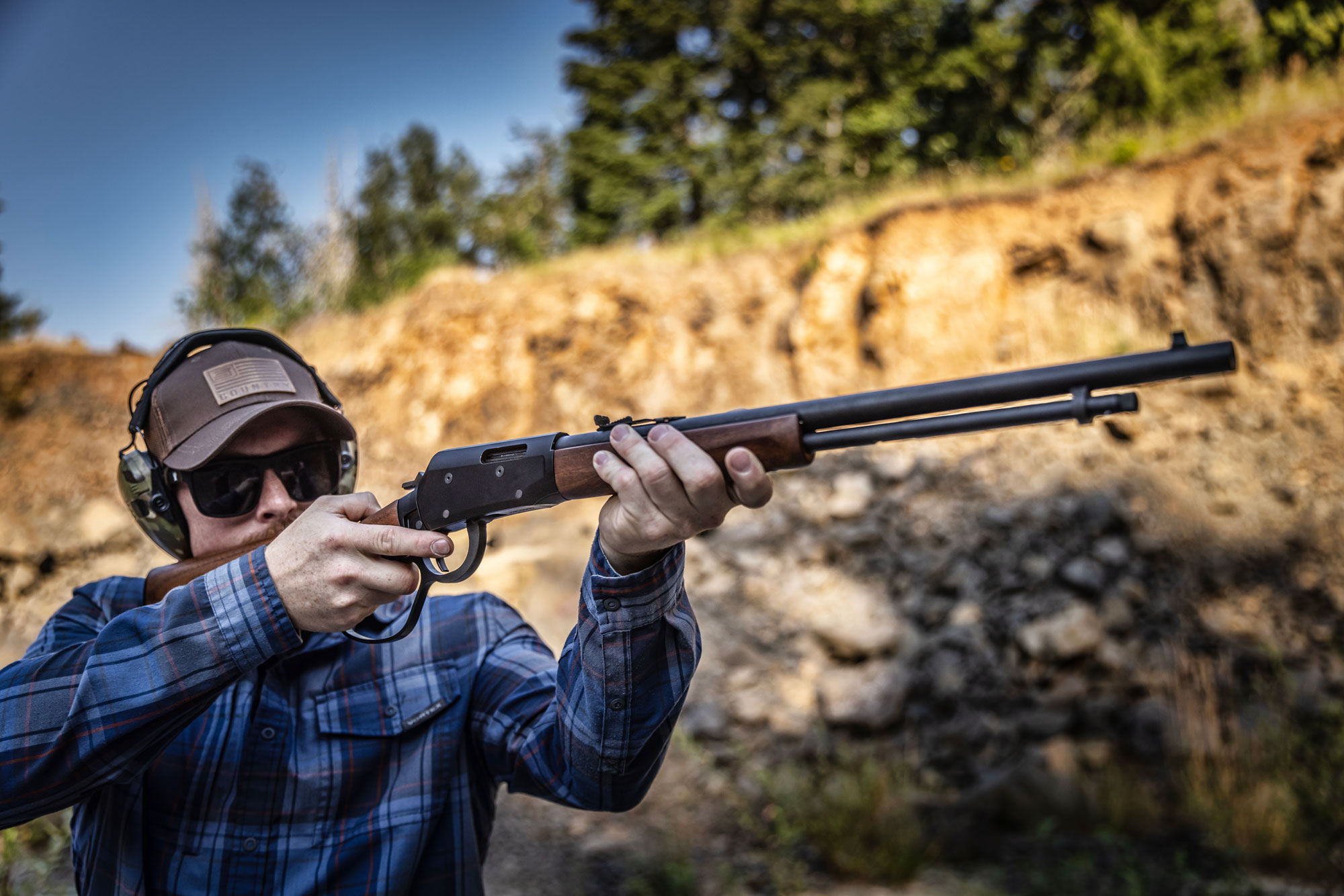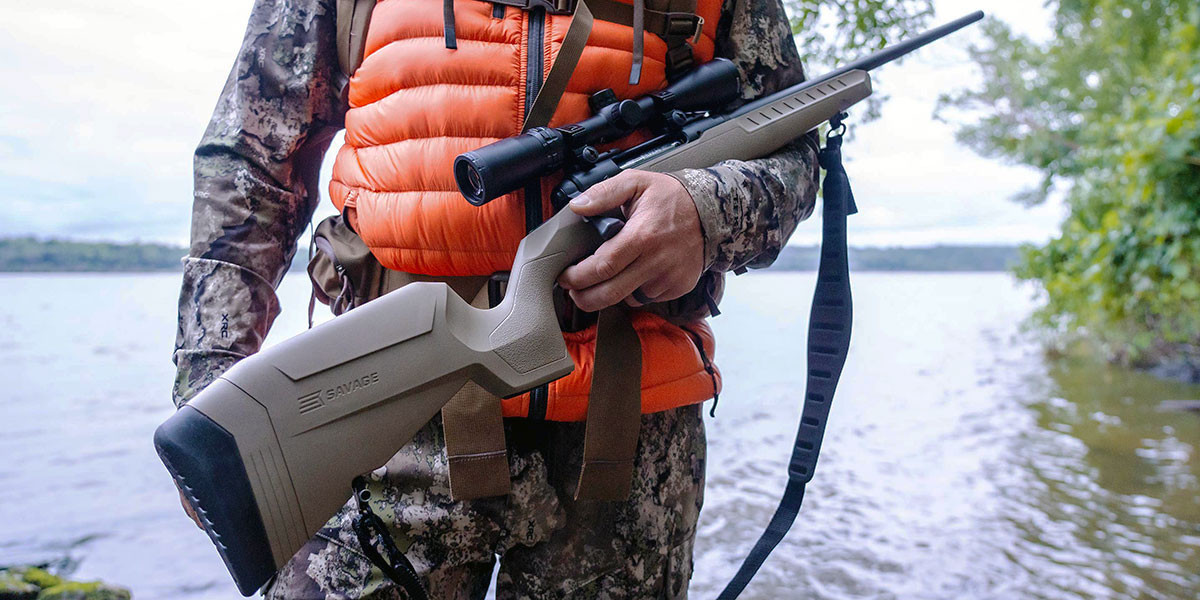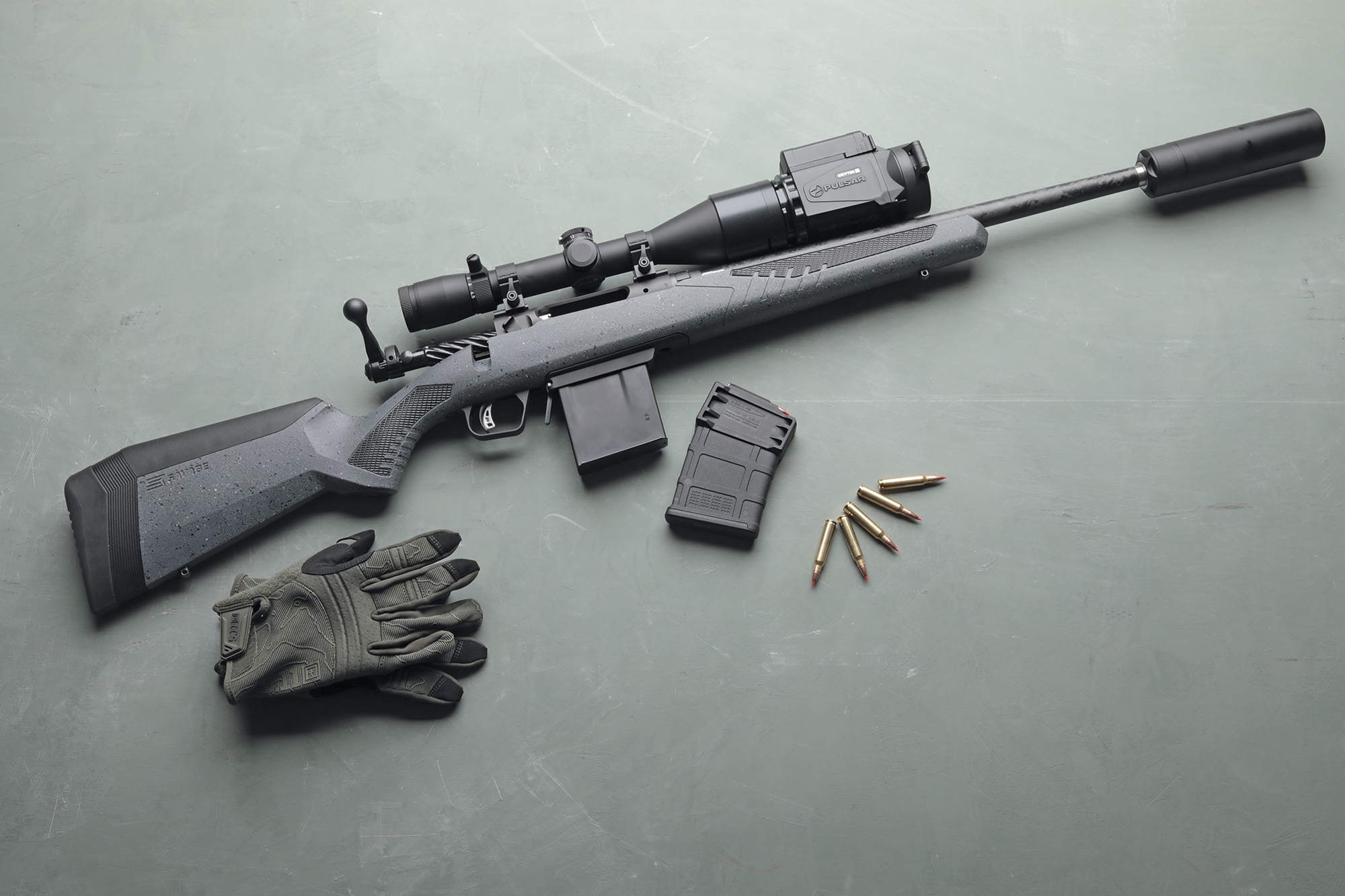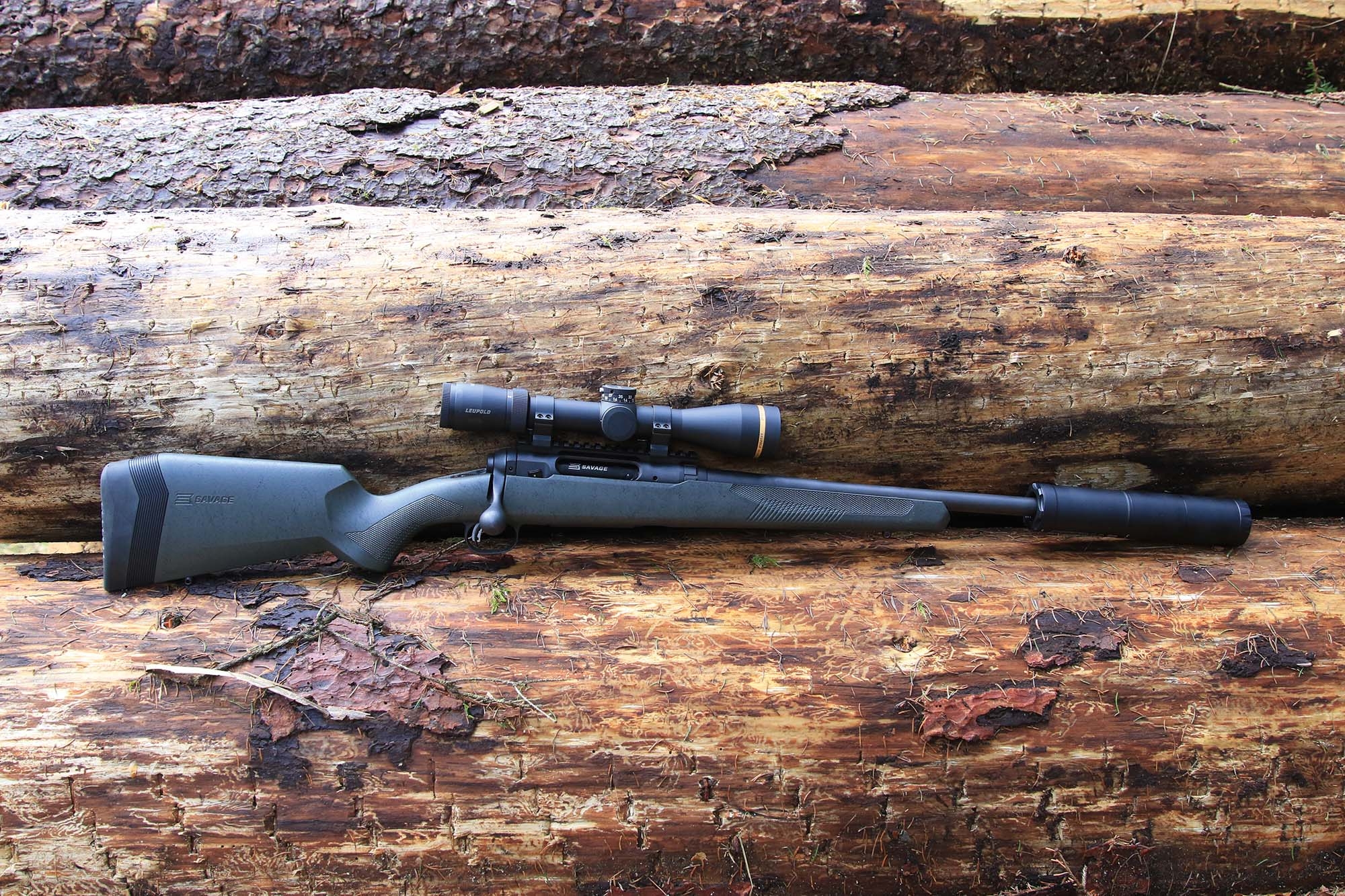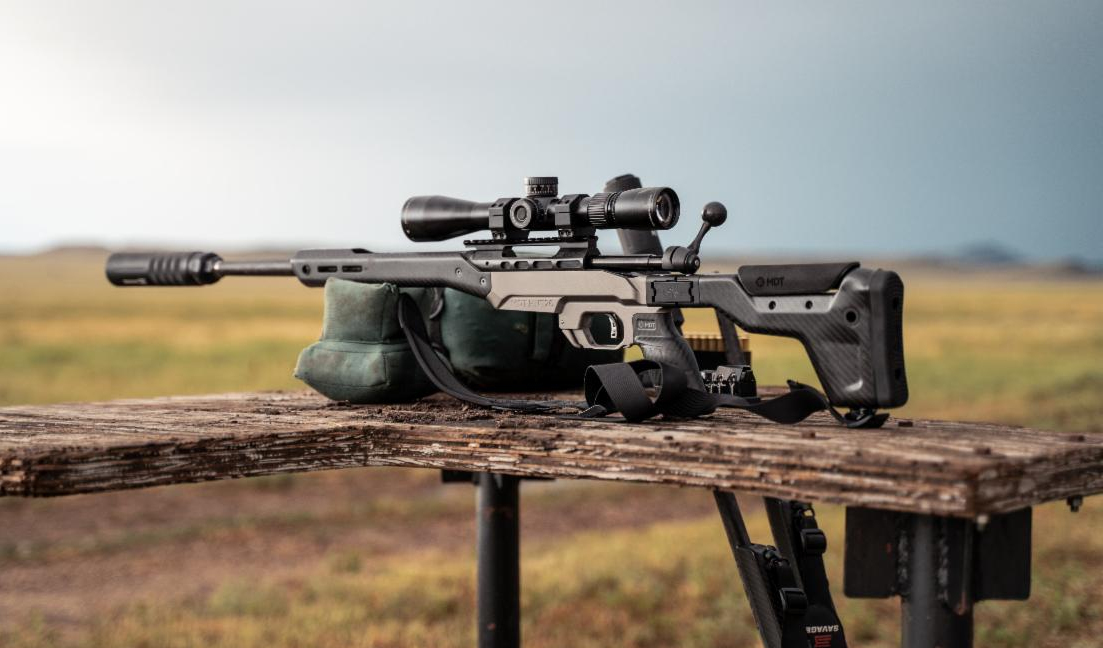The Savage 100 Tactical for hunters? Yes, why not? Many shooters, especially those who indulge not only in shooting sports but also in hunting, have long since realized that bolt-action rifles that inspire with their accuracy on the shooting range are often a good choice for the hunting ground as well. With this in mind, let's take a look at the Savage Model 110 Tactical, or 110 TAC for short, in .308 Winchester, which was originally designed for the Precision Rifle Series. We ordered the rifle from German Savage importer at a price of 1,249 euros together with a pre-mounted Bushnell 3-18x56 SFP Nitro riflescope with illuminated 4A reticle in the second focal plane (cost: 679 euros) and a Hertz 2 silencer from A-Tec, which costs 359 euros, in order to send a combo that is basically suitable for hunting into our field test.
The variants of the Savage 110 Tactical bolt-action rifle
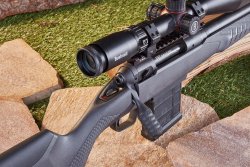
The test gun came with a 508-mm long carbon steel barrel that is a full 19 mm thick before the transition to the muzzle thread. Six flutes provide a larger surface area on the barrel and thus faster heat dissipation. Protection for the 5/8x24 UNEF thread is provided by a knurled cap, unless a silencer or muzzle brake is to be mounted on it. At the Savage factory in Westfield, Massachusetts, the six-groove right-handed rifling comes down the barrel via button pull. In .308 Winchester caliber, the twist length is 10" (254 mm). A 61 cm barrel is also available in this caliber. The versions in 6.5 Creedmoor, 6.5 PRC (both with 1:8" twist) and in .300 WinMag (1:10" twist) have only the 61-cm barrel as standard. Savage sets up the latest offshoot of the 110 TAC for the also still-young 6mm ARC caliber, equipping it with an 18-inch barrel (457mm) and a 7.5" twist length. The 308 and 6.5 Creedmoor variants with 61-cm barrels are also available as true left-hand versions.
Technical analysis: the inner workings of the Savage 110 Tactical
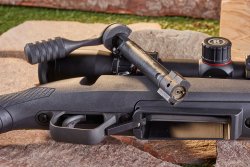
When it comes to the bolt, Savage relies on its proprietary two-lug bolt design for the Model 110 Tactical, which locks into the steel receiver with a 90° throw. A part of the bolt head can float freely behind the lugs (floating bolt head) and remains in the guide groove to ensure better alignment of the cartridge in the chamber as well as better guidance of the bolt during repeating. The large bolt handle appears imposing, catching the eye with a powerful, cylindrical knob. Its size, complemented by deep knurling, allows the bolt handle to be gripped securely even with wet hands. On the test gun, the bolt moved smoothly in the action just using two fingers. On the TAC model, Savage mounts a 17-cm aluminum Picatinny rail with a 20-MOA pre-tilt on top of action, which allows the use of scopes with a low elevation adjustment range at longer distances. Savage embeds the action in stock via AccuStock, which is an aluminum rail system that surrounds the action from below along its full length. The stock can be customized to the shooter's needs through Savage's AccuFit system. This concept includes spacers that can be used to increase the length of the stock, which is 342 mm millimeters when shipped. Two such spacers, each 3/4 inch (19 mm) thick, are included, as are four additional comb risers (each 1/4 inch taller than the previous one) to configure the rifle for particularly tall optics, for example. On the contact surfaces of the pistol grip and forend, a checkered texture combined with deep diagonal grooves increases grip. In addition to the two obligatory sling swivel lugs, there is a third lug on the forend, for example to accommodate a bipod.
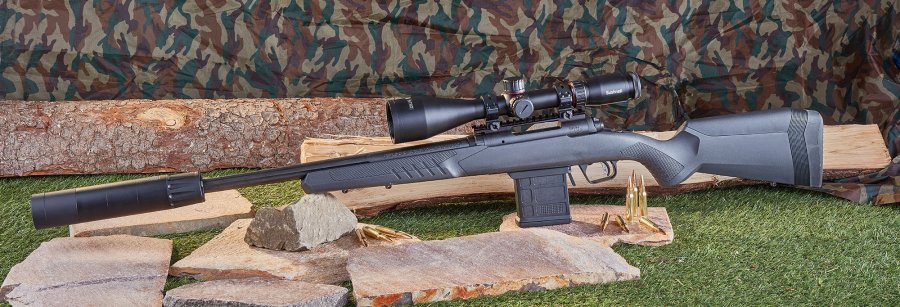
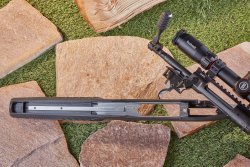
For years, Savage has been using the proven in-house AccuTrigger, a direct trigger with an additional integrated safety in the 110 series. Savage was probably one of the first manufacturers to use this principle in rifles. After the trigger finger has moved the center safety blade backward about one centimeter against a noticeable, but not too strong resistance, it hits the actual trigger blade, which can only then be released. The trigger was bone dry on the test gun and broke ultra crisply. The trigger scale showed an average of 630 grams after five measurements: this again underscores the very good overall impression left by the externally adjustable trigger. The trigger guard is a steel part. It is sufficiently large so that it can be comfortably operated even when wearing gloves. The same applies to the magazine release, which is located directly in front of the trigger guard at the rear of the magazine well. The operating element, in the form of a lever, consists in principle of nothing more than a piece of flat steel that protrudes more than two-thirds of its length downward from the magazine well. A spring presses the upper end of the lever under the retaining lug of the AICS magazine, a PMAG 10 from Magpul on the test gun, and also fixes it securely in the slot thanks to the strength of the spring.
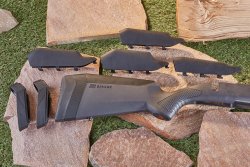
The rifle's three-position safety can be operated silently with a little practice. The teardrop-shaped slide sits on the stock tang and is easy to find and operate with the thumb of the shooting hand thanks to its handy cross-ribbing. When the slide is in the rear position, both the trigger and the chamber are locked. In the middle position, only the trigger is locked and the chamber can be opened for unloading – but beware: here you can already see a large part of the red signal dot of the firing position. You have to look very closely when firing, because only in the front slide position the red dot is completely visible and the trigger is also free for firing. The lever of the bolt release, which protrudes at the rear right next to the bolt handle, also serves as a cocking status indicator. When the bolt is cocked, it protrudes about a centimeter further over the upper edge of the stock than when it is not cocked. To remove and insert the bolt, the lever must be pressed together with the trigger.
Savage 110 Tactical specs and price
| Model: | Savage 110 Tactical |
| Price: | 1,249
euro |
| Caliber: | .308 Winchester |
| Magazine
Capacity: | 10+1 rounds |
| Overall
Length: | 1,020 mm |
| Barrel
Length: | 20"/508
mm |
| Barrel
Twist: | 254 mm (1:10" twist), 6 RH grooves |
| Trigger
Pull Weight: | 630 g |
| Weight: | 3,800 g |
| Features: two-lug
bolt with floating bolt head, fluted barrel with 5/8x24 UNEF thread,
AccuTrigger, AccuStock polymer stock with AccuFit system, Picatinny rail with
20 MOA forward tilt. | |
Our conclusion from the field test of the Savage 110 Tactical, combined with the Bushnell 3-18x56 SFP and the A-Tec Hertz 2
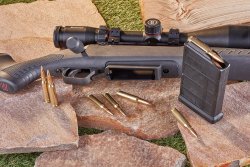
In the test on the 100 m course, the 110 TAC did not show any weakness. It fed all the factory cartridges properly. There were no firing failures, all cases were pulled out cleanly and catapulted through the ejection port with momentum. With two of the five loads, groupings (without silencer) remained below the 1-MOA mark. The best group, at 17 mm, was delivered by Hornady Superformance with 165-gr Interbond bullet. However, the widespread thesis that a silencer always leads to an increase in accuracy was not confirmed in our test, in which the two best loads from the precision test were subsequently also shot with a silencer. About the scope: the Bushnell 3-18x56 SFP also serves its purpose quite well in the field. It delivers a true-color image that is sharp right to the edges, but reaches its limits at dusk and at night. The fine light dot can be adjusted very well to all lighting conditions. All in all, the mix of Savage 110 Tactical, Bushnell scope and A-Tec silencer put together here forms a combination that can score points even for occasional hunting use. However, those who want to take the Savage 110 out on the range more often will also find a large selection of primarily hunting-oriented model variants within the 110 series.
| What we liked: | What we liked less: |
- Very good trigger characteristics | - Magazine sits relatively loose in the stock |
| - Individual
stock adjustment | - Marking
of the safety condition |
| - Smooth
action |



